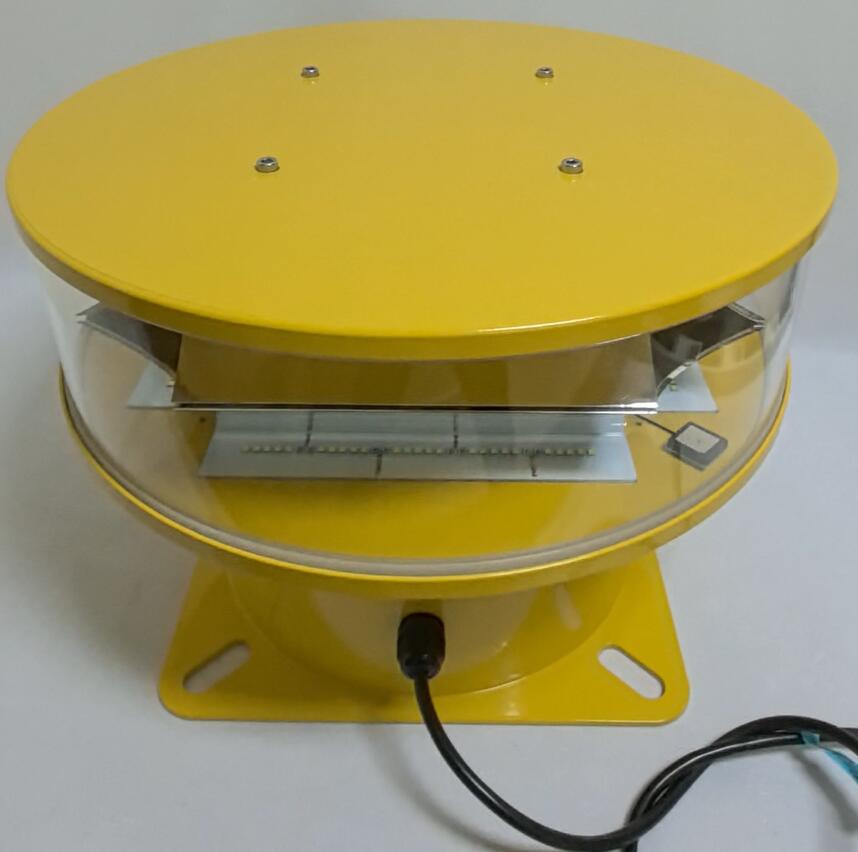
In the vast expanse of the sky, the safety of aircraft is of paramount importance. One crucial element that aids in ensuring this safety is the aircraft obstruction warning lights. These lights play a vital role in alerting pilots to the presence of potential obstacles in their flight path.
Aircraft obstruction warning lights are typically installed on tall structures such as towers, chimneys, and high-rise buildings. They are designed to be highly visible, even from a significant distance. The lights usually emit a bright and distinct color, often red or white. Red lights are commonly used to indicate a stationary obstruction, while white lights may be employed for certain types of moving or temporary obstructions.

The main purpose of these warning lights is to prevent collisions between aircraft and obstructions. In low-light or adverse weather conditions such as fog, rain, or at night, the visibility of these structures can be severely reduced. The aircraft obstruction warning lights cut through the obscurity, allowing pilots to identify and avoid them. This is especially critical in areas with high air traffic density or near airports where aircraft are constantly taking off, landing, or flying at low altitudes.
There are different types of aircraft obstruction warning lights to suit various applications. Some are steady-burning lights that provide a continuous illumination, while others may be flashing lights. Flashing lights can attract more attention as they create a dynamic visual signal. Additionally, there are medium-intensity and high-intensity lights. Medium-intensity lights are sufficient for most common obstructions, while high-intensity lights are used for extremely tall or critical structures that need to be visible over a greater range.
aircraft obstruction warning lights
T1
R4
Y7
The proper installation and maintenance of aircraft obstruction warning lights are essential. Regulatory bodies have specific guidelines and standards regarding their placement, intensity, and visibility angles. Owners of structures with these lights must ensure that they are regularly inspected and repaired if any malfunctions occur. A single faulty light could potentially lead to a hazardous situation.
Moreover, technological advancements are continuously improving aircraft obstruction warning lights. Newer models may incorporate features like automatic light intensity adjustment based on ambient light conditions or enhanced durability to withstand harsh environmental factors. Some may even have remote monitoring capabilities, allowing for real-time checks on the status of the lights without the need for physical inspection.
In conclusion, aircraft obstruction warning lights are an indispensable part of aviation safety infrastructure. They act as silent guardians, warning pilots of potential dangers and helping to maintain the integrity of the airspace. Their proper functioning and continuous improvement are essential to keep up with the increasing demands of modern aviation and to ensure the safety of both passengers and crew on board aircraft as well as those on the ground near obstructions.